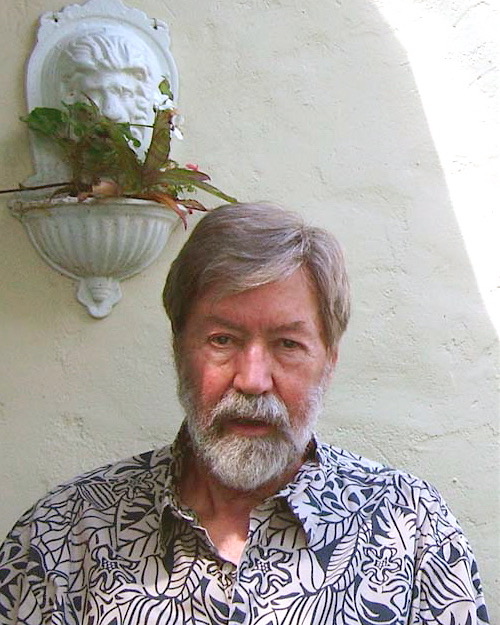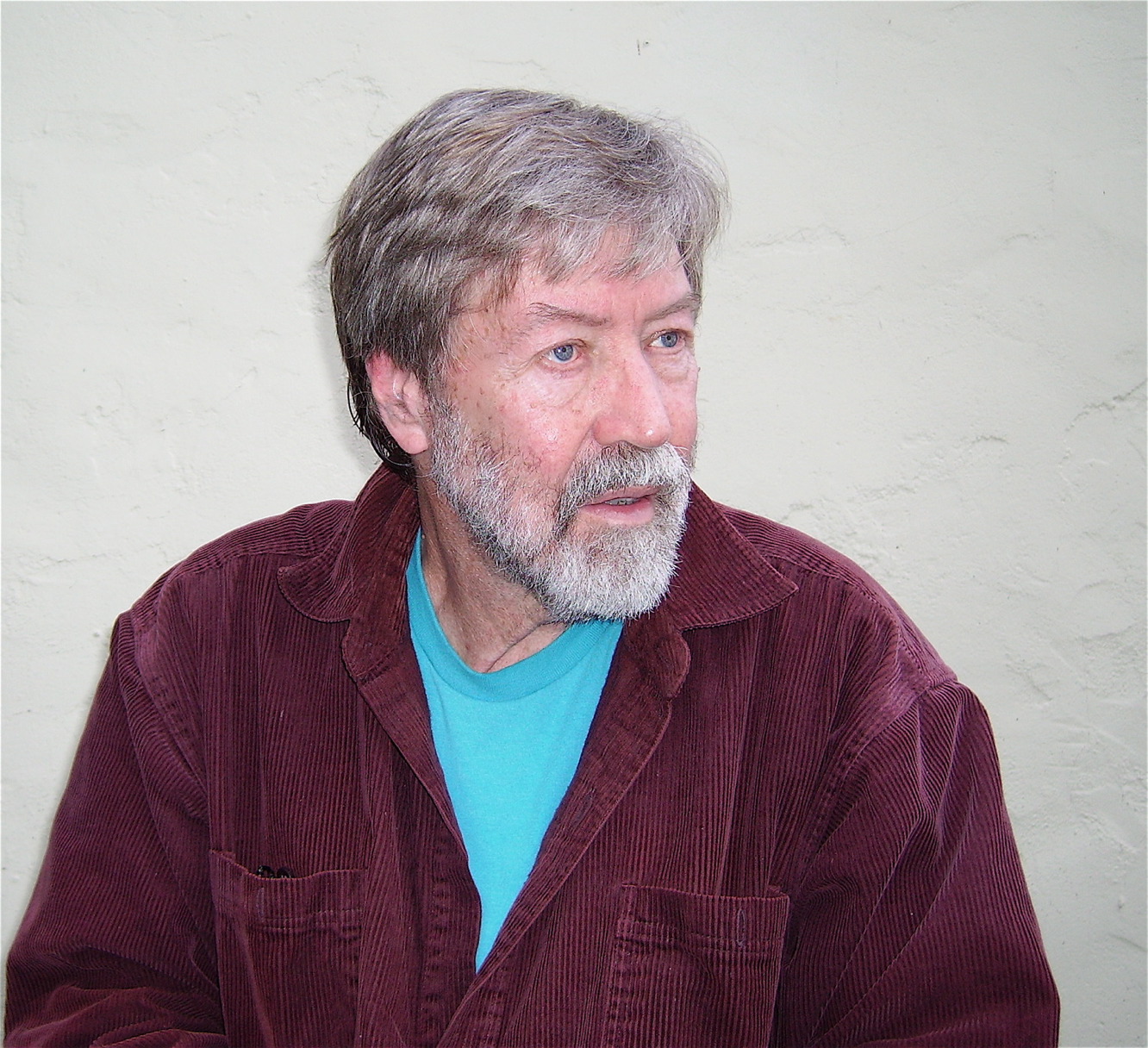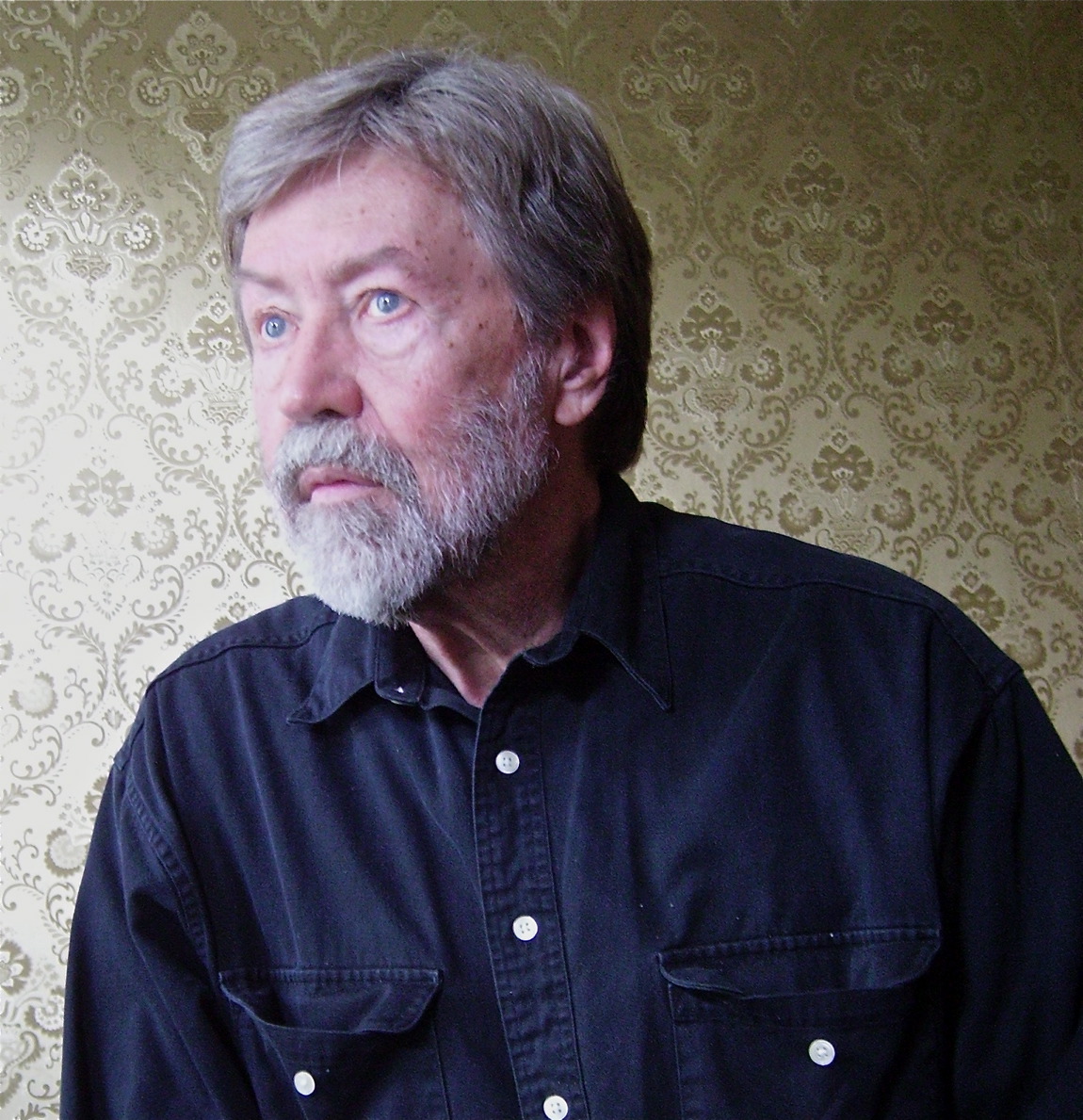Press Kit
Download Bio"Andrew Rudin's music unfolds complex and tightly constructed narratives that nonetheless feel rhapsodic and have an unfailing sense of lyricism and drama. From the chorale underlying Circadia's first movement to the devilish and devilshly-clevser scherzo of that piece, the listener is taken for a wild and gratifying ride. The Concerto for Viola, Strings, Harp, Piano & Percussion's slow movement is gorgeously written and simply conceived, giving the soloist a perfect platform, and preparing the listener for the dramatic broad strokes of the finale."
Citation, The American Academy of Arts & Letters, May 23, 2018
Press
Click on a thumbnail to download a high-resolution press photo.
 |
 |
 |
Press Clipping
CIRCADIA (Piano Trio)
The long-term creative destination of any given composer is more difficult to predict than weather, from Wagner's lofty refinement achieved in Parsifal to Leonard Bernstein's angry repudiation of suburbia in A Quiet Place. Having pioneered electronic music and collaborated with the stylish and abstract choreographer Alwin Nikolais, the 76-year-old Andrew Rudin has progressed to a distinctive place of mystery in his fine piano trio Circadia that premiered Monday at the chamber music series 1807 & Friends.
Rudin's harmonic allegiances sometimes lie in a kind of expressionism that's somewhat out of fashion in the U.S. But Circadia is a piece that is so much itself, and so personal, that fashion isn't a consideration. Like the slow movements of Rudin's Piano Concerto and Viola Concerto, the music doesn't have the unmoored quality of atonality. But it also doesn't go in any of the predictable directions of tonal harmony, either. In Circadia, the opening chords on the piano were both rich and imposing, with a faint whiff of Olivier Messiaen, and repeated with a frequency that suggests a chaconne, but not so slavishly that Rudin would seem to use received forms without being beholden to them.
The four movements are named after times of the day, though the music had so many engaging events with purely musical value that any superficial road map was not needed. Wherever the music careered, it did so with a sure sense of expressive purpose, and with so much overall thrust that you couldn't always tell when one movement ended and another began. As the piece went on, it seemed like a concerto of sorts, the pianist had moments of solo virtuosity amid a regular rhythmic framework provided by the strings, and then turned the tables with the strings having their concerto moments supported by piano. Voice-in-the-wilderness moments - lonely, soliloquy-like melodies against a backdrop implying remoteness - aren't unusual with Rudin, but they emerged here with enigmatic richness. The performance by violinist Nancy Bean, cellist Lloyd Smith, and pianist Marcantonio Barone at the Academy of Vocal Arts had confidence not always encountered in premieres. (David Patrick Stearns, Philadelphia Inquirer)
VIOLIN SONATA
“I love what I have heard by Andrew Rudin, a true blue contemporary born in 1939. The Sonata for Violin and Piano will be, I am convinced, one day, sooner rather than later, included in the top repertoires in the genre, along with the Cesar Franck and the Brahms ‘third’ “.
Kenneth Zammit Tabone
The Sunday Times
Malta Dec. 12, 2010
Tragoedia
“The best large-scale electronic work I have ever heard. In Andrew Rudin's hands the electronic idiom finally comes of age. His handling of it all--the colors, the textures, the rhythms, the sonorous space which is so powerful an electronic resource--is masterly, and his piece actually does equal the grandeur of his theme, which is nothing less than the essence of Greek tragedy.
Alfred Frankenstein, High Fidelity Magazine
Concerto for Piano and Small Orchestra
"But the high point of the evening was the world premiere of Andrew Rudin's Concerto for Piano and Small Orchestra. Rudin has a gift for the kind of gesture that grabs you by the ears and won't let go, the music building in power as its inherent possibilities unfold. Extroverted, engaging and driven by an almost heroic sense of drama, it received a bravura performance from pianist Marcantonio Barone."
Stephen Brookes, The Washington Post 5/20/08
THREE SISTERS
“Three Sisters is immensely satisfying music. Rudin has a masterly command of orchestral colors, and knows how to use voice to its greatest emotional potential.”
Peter Dobrin, The Philadelphia Inquirer, May 3, 1993
“The composer's instrumental gifts were most apparent, and the vocal lines had a conversational appeal and dramatic intensity, as well, with especially appealing writing, appropriately enough, for intertwined female voices.
John Rockwell, The New York Times, March 5, 1981
“Andrew Rudin made a shrewd choice when he picked the sisters' story. The music races and clangs, but it stays inside the boundaries that define Chekhov's emotional range. When Suzanne DuPlantis's evocative, expressive mezzo floated over the audience, she was presenting one of the best arguments for contemporary music I've heard.
Tom Purdom, WELCOMAT, June 2, 1993
MUSEUM PIECES
“The jewel of the evening was Andrew Rudin's ‘Museum Pieces’. Rudin's pieces are descendants of the 19th century suite, taking something from the manner and developing it in the manner of 1975. Sonorous pieces with great aspiration and grasp, for fearless pianists with power and prowess beyond doubt.”
Daniel Webster, Philadelphia Inquirer, Feb. 7, 1976
